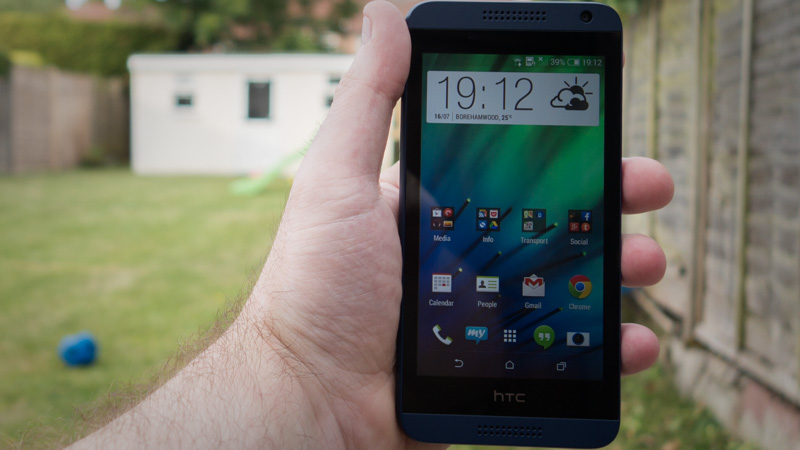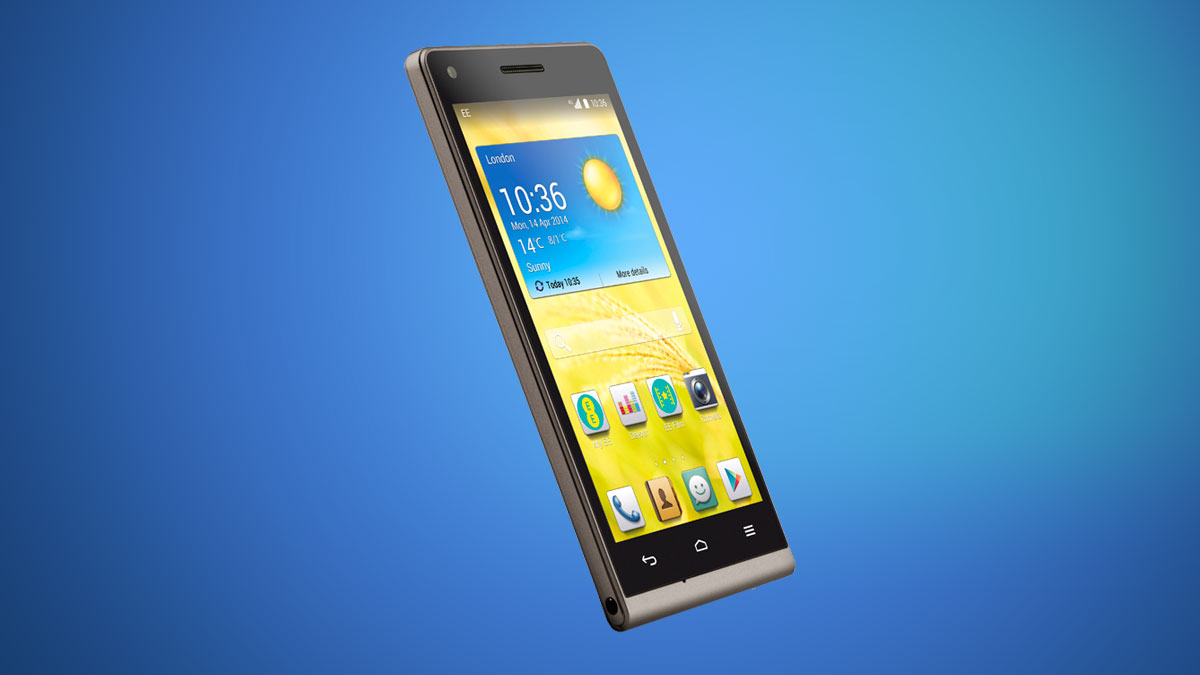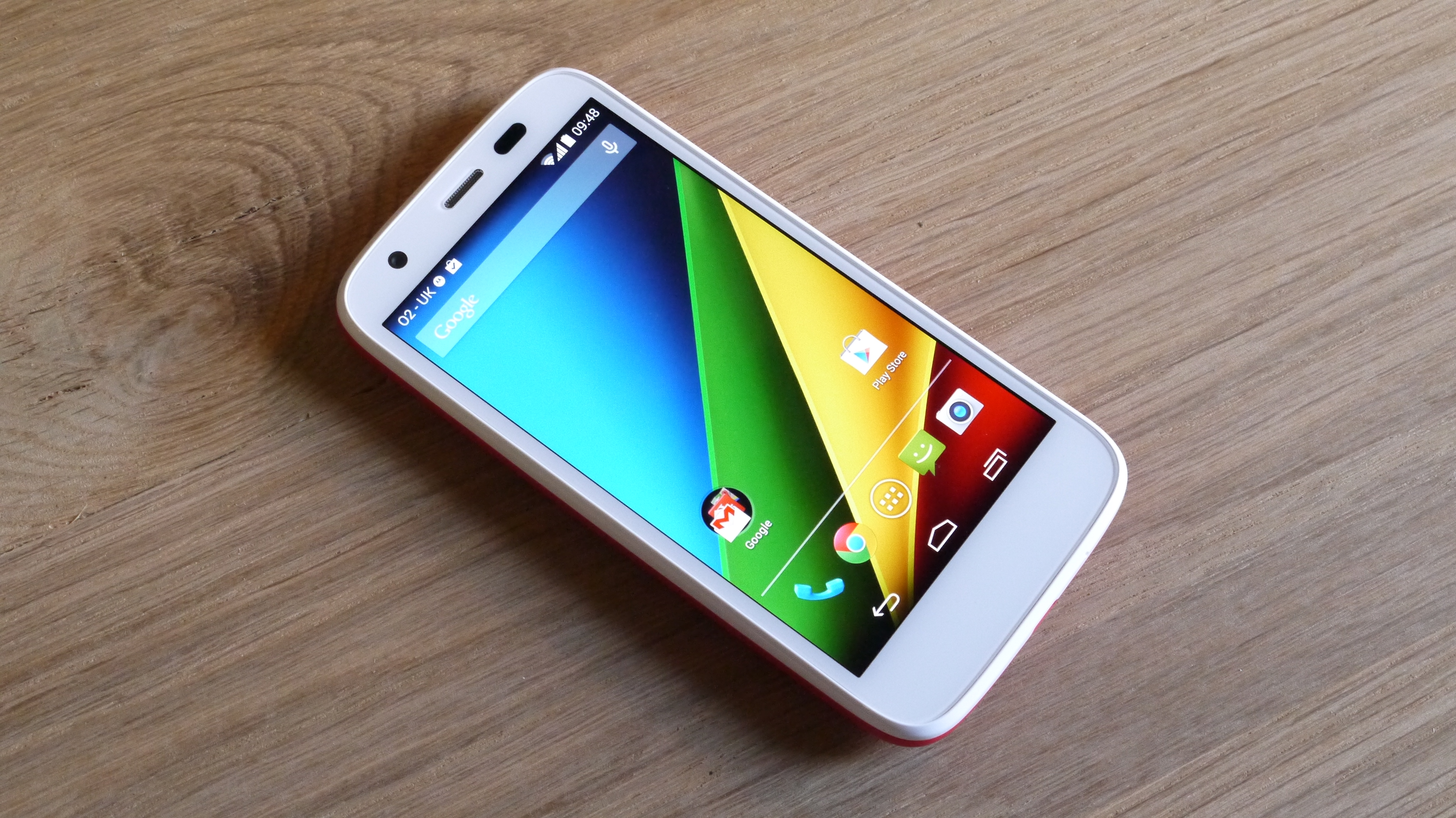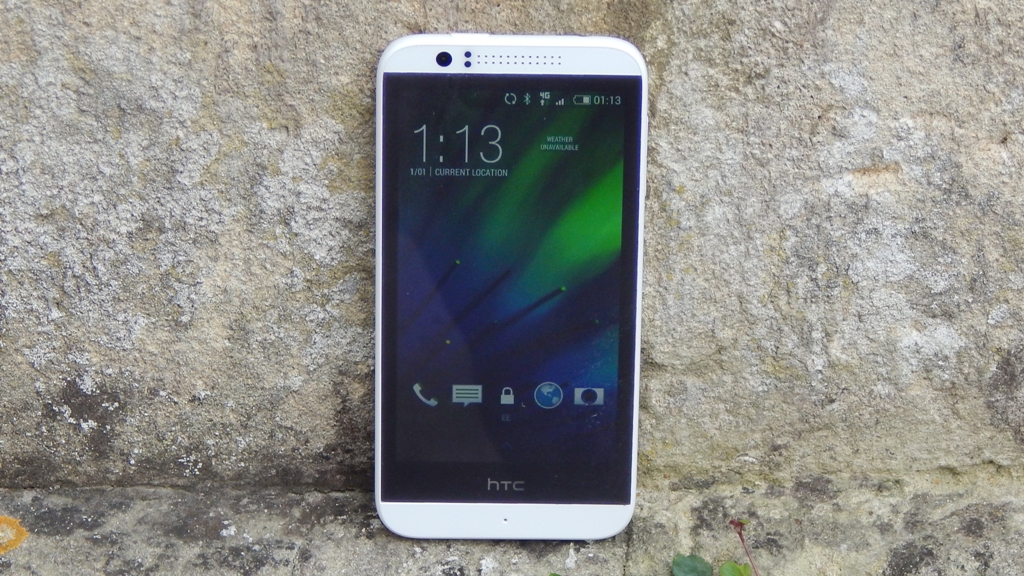Why you can trust TechRadar
HTC Desire 610
The close price gap between the HTC Desire 510 and the HTC Desire 610 offers inevitable comparisons between the two smartphones, so what do you get for that extra £25 that the HTC Desire 610 costs?
Both handsets come with the same 4.7-inch screen size, but the HTC Desire 610's screen is capable of 960 x 540 (known as qHD resolution and not to be mistaken with the much higher QHD resolution), giving it a pixel density of 234ppi.
The HTC Desire 610's screen was nothing to write home about but it still beats the HTC Desire 510's screen, which as I mentioned earlier is 854 x 480 (208ppi).

While the slight improvement in screen resolution might not be worth shelling out for, what is interesting is that the HTC Desire 510 comes with a better battery, with a capacity of 2100mAh, compared to the HTC Desire 610's 2040mAh battery. The larger capacity battery coupled with the lower screen resolution works in the HTC Desire 510's favour when it comes to battery life.
One big performance difference between the two handsets is the cameras, both front and back.
The HTC Desire 510 comes with a 5MP main camera, and a 0.3MP front camera, whereas the HTC Desire 610 comes with a more impressive 8MP main camera and 1.3MP front camera.
What this boils down to price-wise is that the HTC Desire 510 is cheaper and has better battery life, whereas the HTC Desire 610 is not that much more expensive and comes with a slightly nicer screen and a much better camera.
EE Kestrel
When it comes to price, the EE Kestrel has the HTC Desire 510 beat, with a price of just £99 (around $165, AU$176), a good £50 cheaper than the HTC Desire 510.
This means, if you want the cheapest 4G smartphone around, then the EE Kestrel might seem like the obvious choice.
Of course with a price tag that low, it does mean that corners have been cut, though on the whole the EE Kestrel has very similar specs to the HTC Desire 510.

Both come with 1GB of RAM, 8GB of internal storage and a Qualcomm Snapdragon processor clocked at 1.2GHz. The processor in the HTC Desire 510 is the Qualcomm Snapdragon 510, a newer and faster version that makes the HTC Desire 510 feel faster than the EE Kestrel.
The battery is another area where the HTC Desire 510 comes out on top, with a capacity of 2,100mAh – a fair bit larger than the EE Kestrel's 2,000mAh.
While the HTC Desire 510's 4.7-inch screen trumps the EE Kestrel's 4.5-inches, the Kestrel has a better resolution of 540 x 960, compared to the HTC Desire 510's 480 x 854, resulting in a crisper image on the EE Kestrel.
Moto G 4G
The Moto G 4G is another very close match to the HTC Desire 510, offering 4G speeds and similar features for almost exactly the same price. The Moto G also comes in a cheaper variant, but without 4G and a microSD port.
The Moto G 4G has similar specs, with 1GB of RAM, 8GB of internel storage and a quad-core 1.2GHz processor.

What clearly differentiates the Moto G from the HTC Desire 510 is the display. The Moto G has a resolution of 720 x 1280, much higher than that of the HTC Desire 510.
As the phones are so closely matched in the other departments, the far better screen of the Moto G 4G will probably be the deciding factor for many people.

Matt is TechRadar's Managing Editor for Core Tech, looking after computing and mobile technology. Having written for a number of publications such as PC Plus, PC Format, T3 and Linux Format, there's no aspect of technology that Matt isn't passionate about, especially computing and PC gaming. He’s personally reviewed and used most of the laptops in our best laptops guide - and since joining TechRadar in 2014, he's reviewed over 250 laptops and computing accessories personally.
